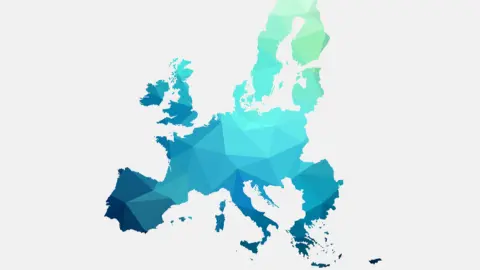Asia week ahead: US-China trade deal is near, but uncertainty lingers
Trade and geopolitics will continue to influence investor sentiment next week. The economic calendar is busy, too
| 6.3% |
China GDP growth in 4Q19ING forecast, consensus 6.0% |
China
The US looks ready to sign the 'phase one' trade deal next week. However, President Trump’s unilateral decision to sign the agreement on 15 January, without consulting Beijing, together with Beijing’s refusal to increase quotas of grain imports from the US add a great deal of uncertainty to this event. This is likely to be accompanied by reports of somewhat softer economic activity in December, suggesting the markets are probably in for a week of elevated volatility.
The good news is that the Chinese economy held up in the final quarter of 2019. Quarterly GDP data is due next week and we forecast growth of 6.3%, above the consensus estimate of 6.0% (unchanged from the third quarter). Trade, manufacturing, and consumption (retail sale) gained traction, investment growth was stable, and industrial profits started to rise – all pointing to faster GDP growth.
Korea, Taiwan, Singapore
Korea's December labour report will help to shed light on the health of the economy, just ahead of the Bank of Korea's policy meeting on 17 January. With the worst of the growth slump over, the BoK will probably stay put throughout this year.
Politics will take a centre stage for markets in Taiwan following the presidential elections this weekend.
And in Singapore, the non-oil domestic exports data for December could offer clues about the risk to fourth quarter GDP growth, which was estimated at 0.8% year-on-year earlier this month.
India
Of all the Indian economic data next week, a significant inflation spike, although widely expected, could unnerve local markets. We are in line with the consensus, with our forecast of 6.6% consumer price inflation in December, up from 5.5% in November and far ahead of the Reserve Bank of India’s 2-6% policy target. High inflation shouldn’t be a total surprise after the excessive boost to policy in the last year via both monetary and fiscal channels. This failed to stimulate growth while the negative output gap continued to widen.
The RBI is coming to terms with the inflation risk as Governor Shaktikanta Das recently highlighted. A shift in the policy stance to neutral from accommodative seems to be a reasonable starting point for the central bank's next policy meeting in early February. We no longer expect the RBI to cut rates this year. Nor do we see any policy tightening on the horizon, at least not until GDP growth recovers to more than 7%.
Asia Economic Calendar

This publication has been prepared by ING solely for information purposes irrespective of a particular user's means, financial situation or investment objectives. The information does not constitute investment recommendation, and nor is it investment, legal or tax advice or an offer or solicitation to purchase or sell any financial instrument. Read more
Download
Download article
10 January 2020
Good MornING Asia - 13 January 2020 This bundle contains 3 Articles